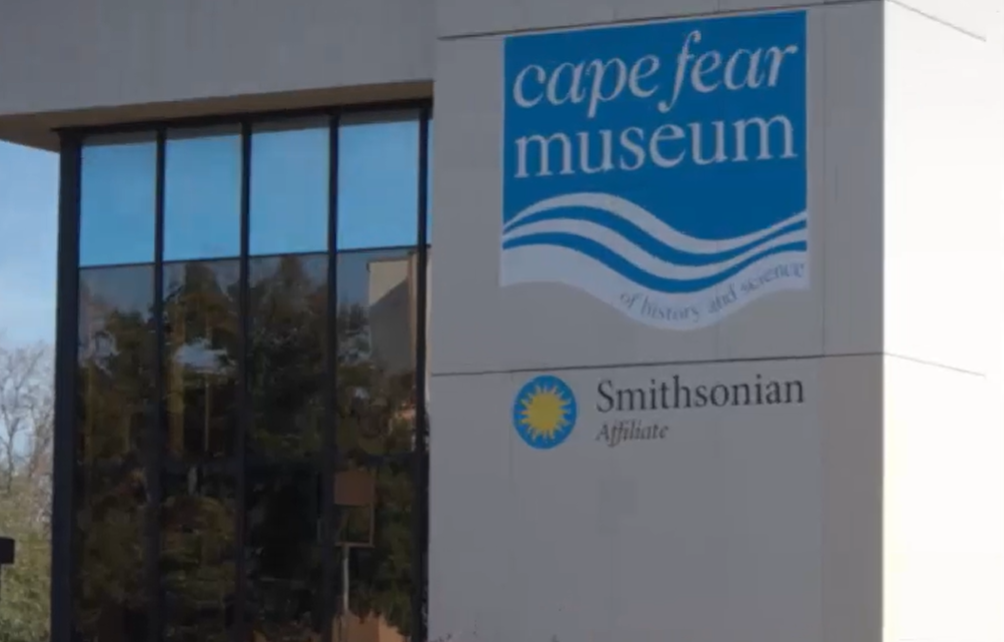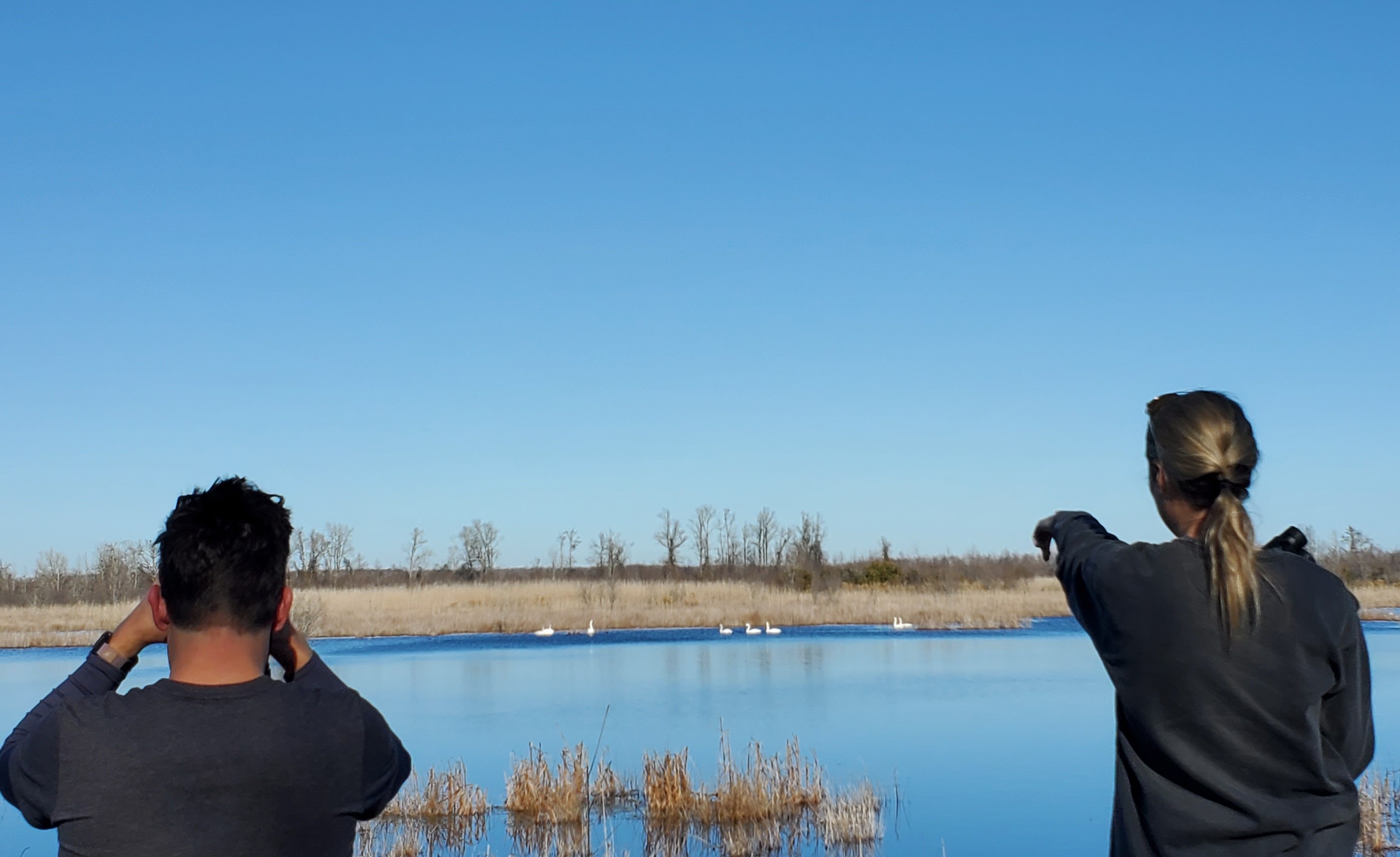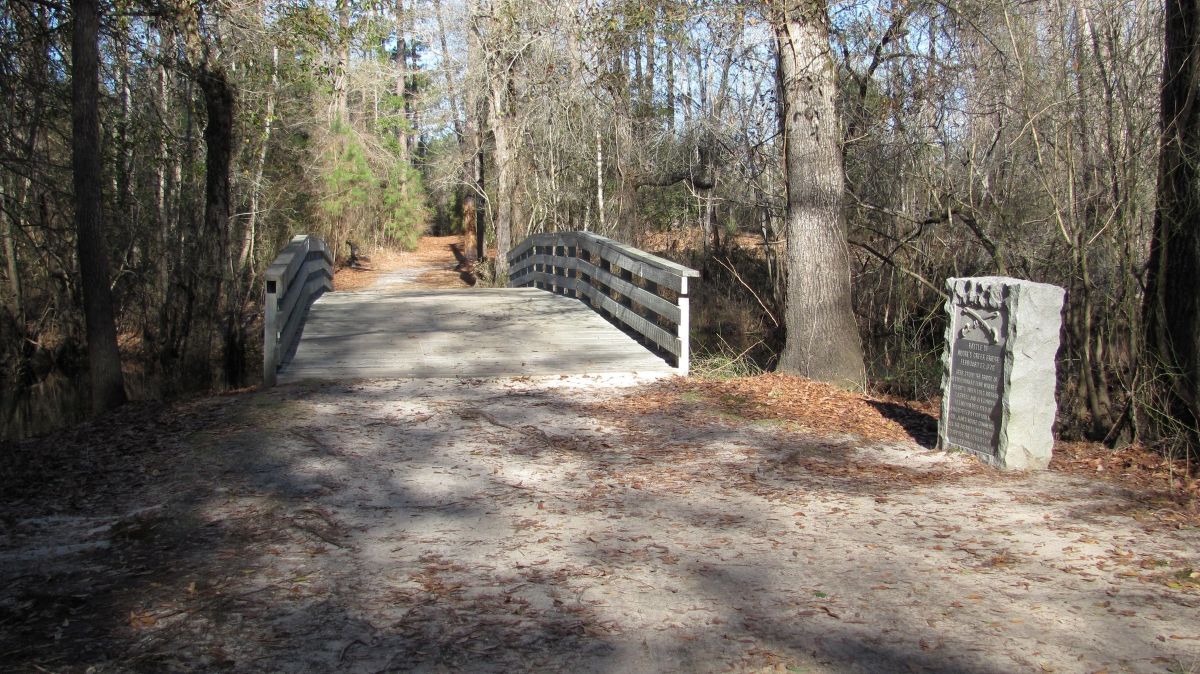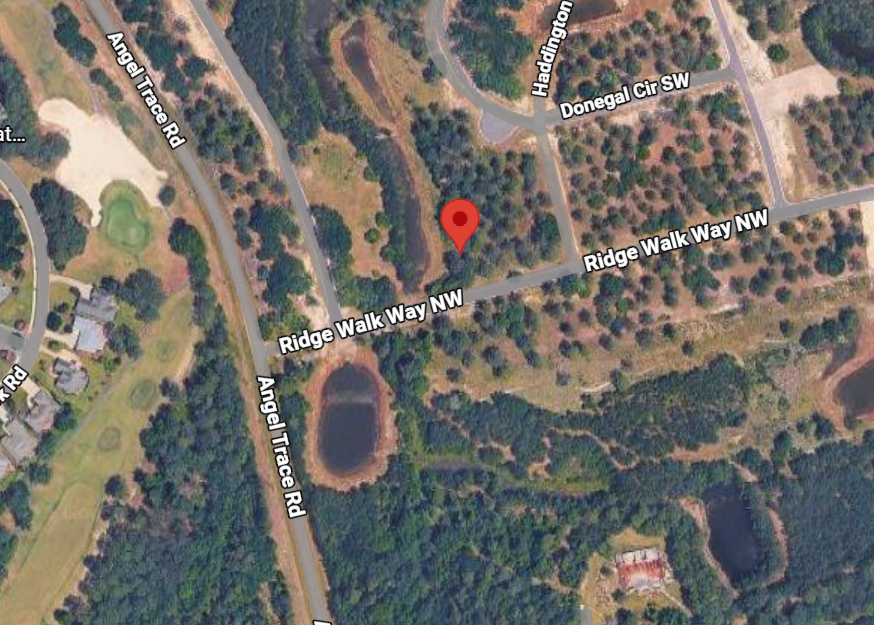
Reprinted from the Island Free Press
The 2.4-mile-long Rodanthe Bridge, often called the “Jug Handle” bridge, was 54% complete as of Thursday, but the projected opening date for the bridge has been pushed back from fall 2021 to the end of next year, according an update from Pablo Hernandez, the North Carolina Department of Transportation’s resident engineer for the project.
Supporter Spotlight
“As far as completion, right now we are targeting late 2021,” said Hernandez at the Dec. 3 virtual update meeting. “In previous updates, we were targeting the fall of 2021, but unfortunately, we are seeing that completion date slip a little bit.”
Hernandez expanded on several of the recent challenges and delays, which included slower progress on the northern end of the bridge.
“People driving by have noticed that the northern end of the project is not progressing as fast as the southern end of the project, and that is because pile installation continues to be more challenging than expected,” he said. “(This) has been a common theme in the last couple of community update meetings.”
Several different techniques have been explored over the past few months to ease the piling installation difficulties, such as using a 36-inch diameter auger to loosen the soil during the pile installation.
On the southern end of the bridge, drainage pipes, earthworks and paving for the roundabout initially took place in April.
Supporter Spotlight
The next phase, which includes paving and curbing for the roundabout and roadway approach to the bridge, was expected to begin in the fall, however, the mild weather across the state has kept the contractor focused on other projects.
“We anticipated for the contractor to move back into the (Jug Handle) project in the late summer and fall, but with the good weather we are having, and the number of other projects in Eastern N.C., they have been focusing on other projects in the state,” said Hernandez. “With that being said, I would not be surprised if we saw them (start the next phase) in the new year, when the weather is colder.”
Once this work begins, single-lane closures will likely be necessary at the bridge site.
As far as completion of the bridge structure itself, 62 of 108 bents, or supports for the bridge, have been installed, which equates to 218 of 352 pilings that have been driven into the ground.
Fifty-two of 107 deck spans for the bridge had also been cast as of Dec. 3. Hernandez said the hope is to increase that number, depending on the weather.
He also noted that with the cooler winter weather, the early morning concrete placements will likely be reduced or eliminated, but this could change due to schedule demands.
The virtual update meeting also touched on the corresponding efforts of Cape Hatteras Electric Cooperative, or CHEC, to move the existing transmission lines to the new structure.
CHEC has already begun phase 1 for relocating the transmission lines at the southern end of the bridge by installing underground pipes to run the lines. “
Those on the south end of the project may have noticed that one house has been moved – that was a property that CHEC acquired,” said Hernandez.
At the northern end of the project, CHEC’s phase 1 transmission line relocation is expected to begin in early 2021.
The bridge is considered part of Phase II of the Bonner Bridge Replacement Project, and is the final of the three new bridges on Hatteras Island to be built. The Capt. Richard Etheridge Bridge on Pea Island was completed in spring 2018, and the Bonner Bridge replacement was completed in spring 2019.
Once complete, the bridge will connect the southern portion of the Pea Island National Wildlife Refuge to northern Rodanthe, bypassing the S-turns section of N.C. 12, which is highly susceptible to breaches and ocean overwash during storms.
Updates on the status of the bridge, as well as planned construction activities, are available on the NCDOT website.
This story is provided courtesy of the Island Free Press, a digital newspaper covering Hatteras and Ocracoke islands. Coastal Review Online is partnering with the Free Press to provide readers with more environmental and lifestyle stories of interest along our coast.







